The Roman Architecture was an important artistic manifestation of the Romans in antiquity, who favored utilitarian works and achieved great efficiency in the construction of aqueducts, public baths, bridges and markets.
Roman architecture was also expressive in the construction of temples, palaces, porticos, courts, monasteries and churches.
Features of Roman Architecture
- Luxury and grandeur :influences of Greek culture.
- Solidity of constructions :inherited from the Etruscans.
- Symmetry and Harmony :achieved through regular ways. Influence of the Italian people.
In such a way, the Romans introduced in architecture new materials , such as the use of cement, as well as new techniques.
The bow , unknown to the Greeks, was an innovation of the Romans, used mainly in constructions destined to commemorate the great military victories.
To learn more:Ancient Rome
Examples of Roman Architecture
Throughout the Roman Empire, important constructions were carried out, among them:
Coliseum
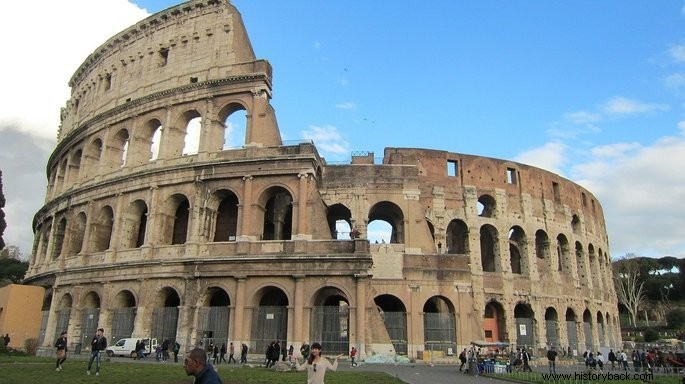
1st century amphitheater located in Rome. Its construction lasted six years, starting under Emperor Vespasian and completed under Emperor Titus.
The Colosseum is formed by a large number of round arches, its external walls measure 46 meters high and are divided into four floors:three arcades with Doric, Ionic and Corinthian columns.
Pantheon
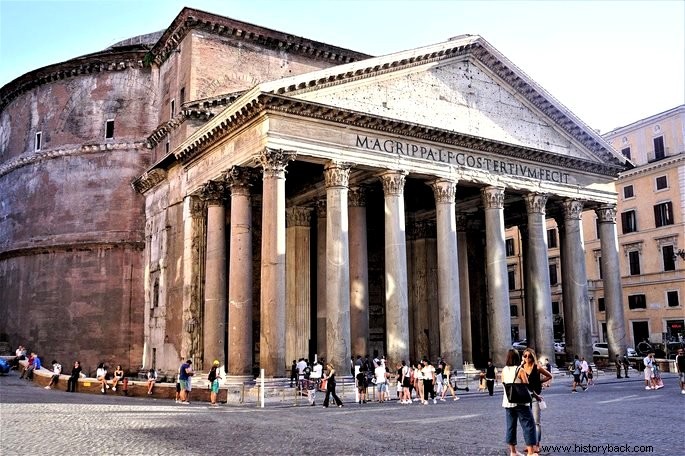
Temple dedicated to all the gods, located in Rome. It stands out for its large columns and huge rounded dome. The Pantheon was built between 115 and 127 and is in perfect condition.
Arch of Constantine
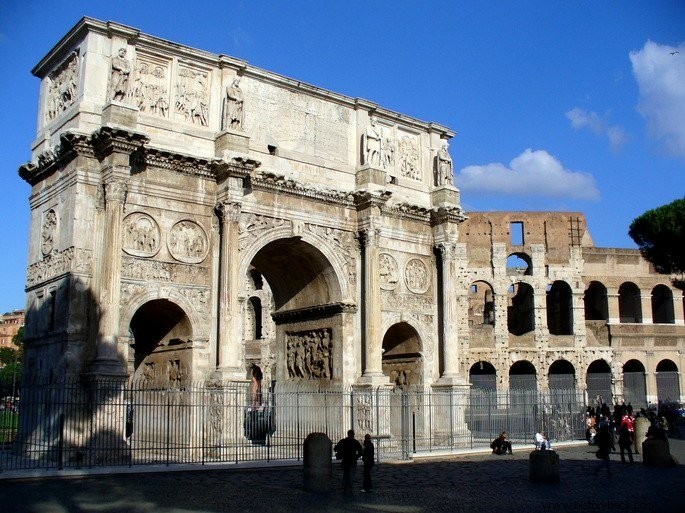
The Triumphal Arch is located in Rome, next to the Coliseum. It was built in the year 312 and officially opened in 315, in order to commemorate Constantine's victory at the Battle of the Milvius Bridge, in 312 AD.
Roman Forum
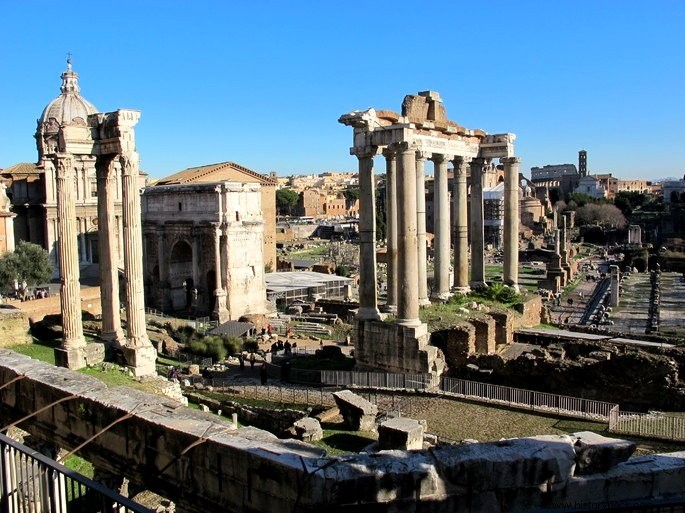
Located in the center of Rome, it was for centuries the center of Rome's public life. The Roman Forum is currently an extensive ruin surrounded by several other buildings.
Aqueduct of Segovia
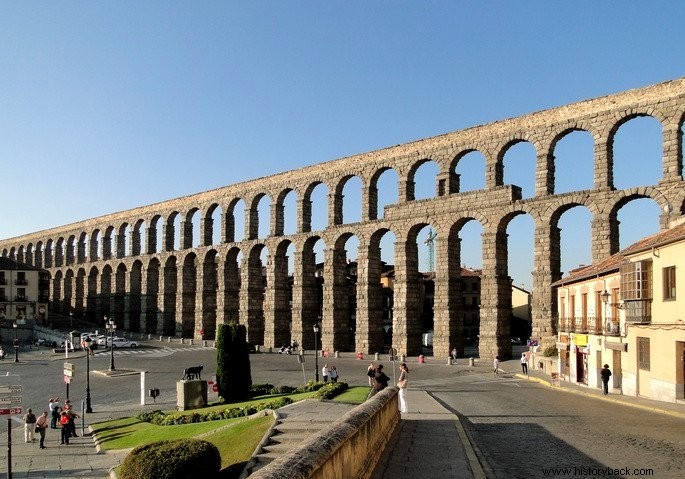
Located in Segovia, Spain, after more than two thousand years of construction, it continues to bring water to the city, covering a distance of about 16 km.
It is the most notable of several aqueducts scattered across countries that, in antiquity, belonged to the vast Roman Empire.
Art in Roman Architecture
Roman art classified as Art of Republican Rome (before 27 BC) and Art of Imperial Rome (from 27 BC onwards), was greatly influenced by the Etruscans, people who inhabited the ancient region called Etruria during 1200 BC. and 700 BC
They had their own alphabet, art and religion, which were modified mainly after the victory of the Romans in the 3rd century BC.
In this way, in addition to the Greek influence, Roman art has many characteristics that were incorporated thanks to the Etruscans.
The manifestations of Roman art were often used to complement architectural structures, so these languages are related.
Roman Sculpture
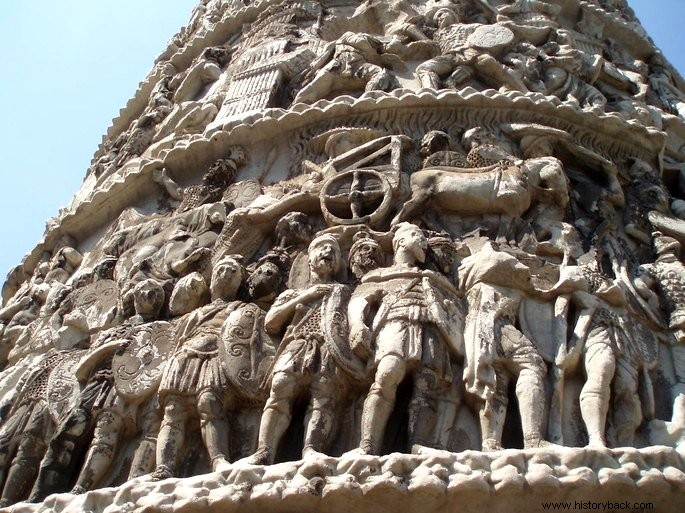
Roman sculpture, carried out in public and private buildings, mainly portrayed people and important figures such as the Roman Emperors.
It is closely related to architecture since they enriched the great temples, palaces, churches, aqueducts, through sculptural reliefs or sculptures themselves.
Roman Painting
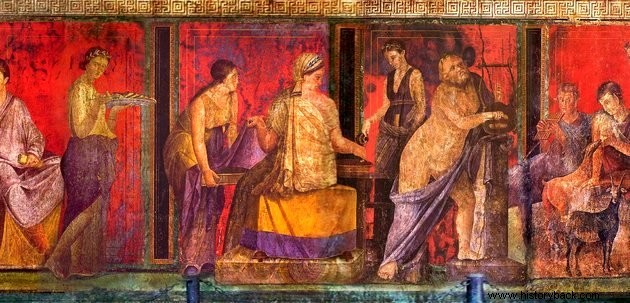
Roman painting was very diverse both in terms of theme and in the materials used (wood dust, tree sap, powdered metals, pulverized glass, among others).
Roman artists explored a range of themes:everyday and historical events; legendary and mythological themes, still life. In Roman painting, the frescoes and the musiva art (of the mosaics) deserve to be highlighted.
See more at:Roman Art.
See also:Romanesque art